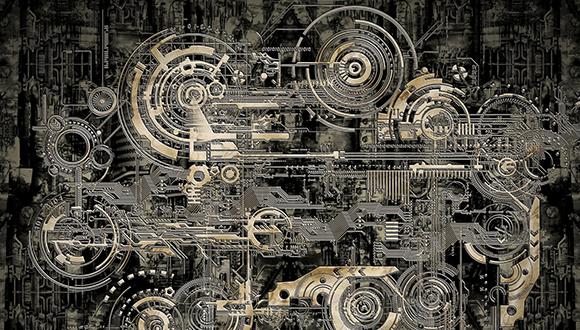סמינר מחלקה של רז אגרון - "אפיון קרעים חלקיים ברצועה הצולבת בברך באמצעות אנליזות אלמנטים סופיים"
School of Mechanical Engineering Seminar
Wednesday, December 15, 2020 at 14:00
Wolfson Building of Mechanical Engineering, Room 206
Characterization of partial knee ACL tears using finite element analysis
Raz Agron
M.Sc. student of Dr. Mirit Sharabi, Prof. Rami Haj-Ali and Dr. Mustafa Yasin
The Anterior Cruciate Ligament (ACL) is one of the four knee ligaments responsible for stabilizing the joint's Anterior-Tibial Translation (ATT). ACL tear is one of the most common sports injuries, with approximately 37 ACL-related surgeries for every 100,000 people annually due to ACL tears. Many partial tears to the ligament can go undetected as long as their effect on knee laxity is minor. Preliminary detection of ACL tears and Anterior-Tibial laxity (ATL) is commonly done by hand using the Lachman test (an anterior knee laxity examination). Advanced diagnostics involve MRI, CT, arthroscopy, among others. The ACL tears are treated by using an autograft solution, e.g., Patellar tendon, Hamstring tendon. These “Gold Standard” ACL replacements and repairs yield good but not ideal results.
This biomechanical study deals with partial ACL tears. Characterization and classification of tear types and sizes are performed based on tear locations in the longitudinal and transverse ligament directions. This is performed computationally by modeling the Lachman test using a specialized finite element model (FEM) to predict the effect of ACL tears on ATT. The FEM model was built by modifying and extending the knee-joint three-dimensional (3D) open-source model, Open-Knee, developed by SimTK. The current modified knee-joint model is able to include ACL tears with additional new material and mechanical features. To that goal, joint parts were edited, and select remeshing of the tissues was conducted to accurately simulate the mechanical interactions between the parts. Hyperelastic constitutive model was used for the soft tissue of the knee. The Lachman test examination procedure was then simulated based on the GNRB testing system and validated by comparing the model with clinical test results. Next, different tears to the ACL were introduced in the model and varied by location and size to investigate their effect on the ATL of the joint. Results show that differences in size and tear location indeed produce different detectable levels of ATT, however not necessarily detectable by hand. Therefore, the model can help better characterize partial ACL tears and provide an incentive to implement instrument-based Lachman tests. Thus, help advance a more accurate preliminary diagnosis of partial tears to the ACL.
Join Zoom Meetin https://us02web.zoom.us/j/82108132163?pwd=Z2h4UzNzUS9mbXplT0lMU1pZenFEQT09


